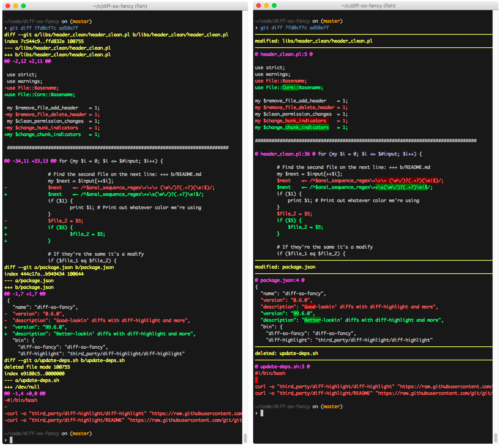Git from the inside out – must be the best thing I’ve ever seen on how git works. Everybody knows that git is awesome. Most know that git is implemented with graphs. But not many know how exactly git stores the project history and how it is affected by different git commands.
And if you are feeling adventurous, there is this:
After reading, if you wish to go even deeper into Git, you can look at the heavily annotated source code of my implementation of Git in JavaScript.
Which, among other things, includes “Git in six hundred words“.

